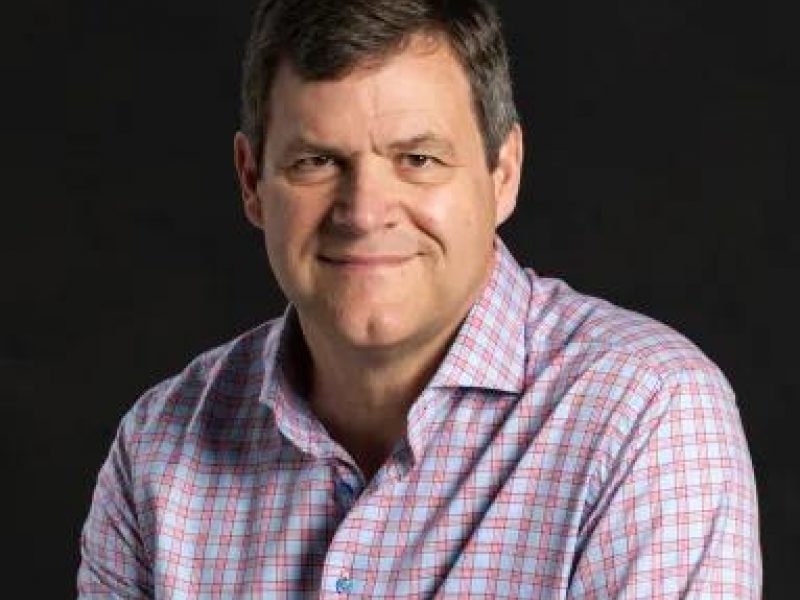
Dinosaurs and MOR! Festival
Join us for the 5th Annual Dinosaurs and MOR! Festival, March 27-29, 2026!
Explore the world of dinosaurs with expert presentations, family-friendly programs, and special events. Kick-off with a members-only evening featuring an exclusive mosasaur reveal. Partake in a dinner and keynote by special guest Dr. Kirk R. Johnson, and over two days, enjoy numerous presentations from top paleontologists, hands-on paleo workshops for all ages, Jr. Paleontologist passport stations, and more! Do not miss a chance to dive into the prehistoric world with activities for all ages, from dinosaur dioramas to terrarium building.
Kirk R. Johnson received his Ph.D. in geology and paleobotany from Yale University in 1989 and conducted postdoctoral research in the rainforests of northern Australia before joining the Denver Museum of Natural History in 1991, where he directed the installation of the museum's Prehistoric Journey exhibit. His research focuses on fossil plants, the environmental effects of the dinosaur-smiting asteroid, and the birth and death of biomes. Johnson lives in Washington, D.C., where he has been the Sant Director of the Smithsonian's National Museum of Natural History since 2012.
Special thanks to the festival Lead Sponsor, Oakland and Company!

Dinosaurs and MOR! Kicks Off with a Member-only Appreciation Night
Friday, March 27, 2026
Time TBA
For MOR Members Only
Light refreshments are provided in the downstairs lobby
Join us for a special evening dedicated to MOR members to kick off the 5th annual Dinosaurs and MOR! Festival. Start with fun and engaging Paleo Passport stations to collect passport stamps at all stations to receive a Jr. Paleontologist Certificate signed by MOR's Dr. John Scannella. For those aged 10+, watch a show in the Taylor Planetarium.
Enjoy a book signing with special guest Dr. Kirk R. Johnson and author and illustrator Ted Rechlin. Join in on a special presentation in the Hager Auditorium. Many of the weekend’s world-class paleontology guest speakers will be present to meet.
Paleo Passport Station participants may include:
- Montana Dinosaur Trail
- Carter County Museum (Ekalaka) (MOR's Sister Museum)
- Montana Dinosaur Center (Bynum)
- Rudyard Depot Museum
- MSU’s Dead Lizard Society
- MOR's Paleontology Department
- MOR’s Paleohistology Lab
Collect passport stamps at all stations to receive a Jr. Paleontologist Certificate signed by MOR's Dr. John Scannella upon completion.

DINNER and KEYNOTE with Dr. Kirk R. Johnson
Saturday, March 28, 2026
Time and $ TBA
Inspiration Hall inside MSU's Norm Asbjornson Hall
Step back in time for an unforgettable Dinosaurs and MOR! evening with Dr. Kirk R. Johnson, Sant Director of the Smithsonian's National Museum of Natural History since 2012. There will be a fundraising live auction and special appeal to support the museum's paleontology mission.
Reserve your seat now for a night of discovery, wonder, and inspiration!
If you have trouble ordering tickets online, please contact Associate Director of Accounting and Finance Trisha King at trisha.king@montana.edu.























